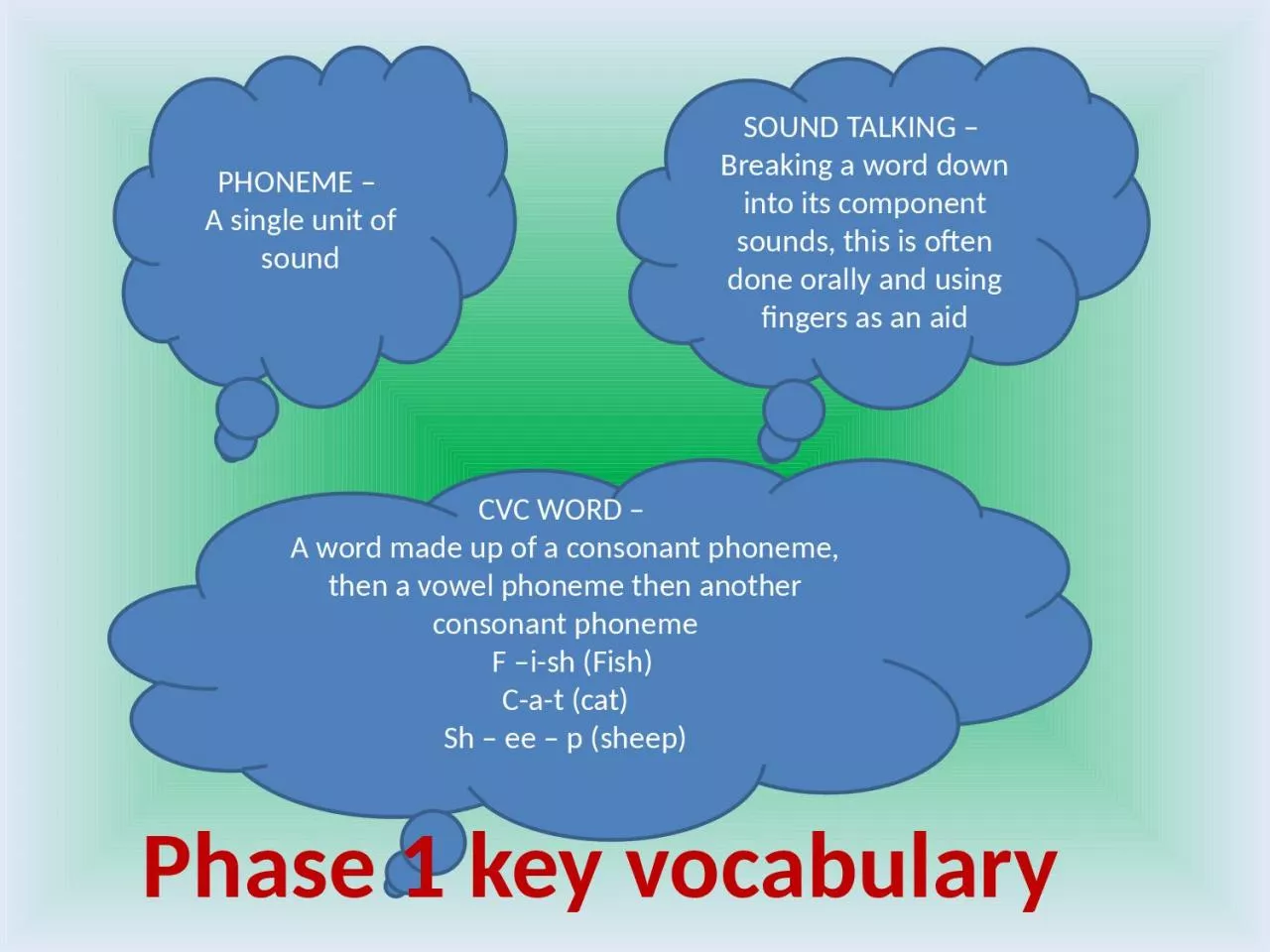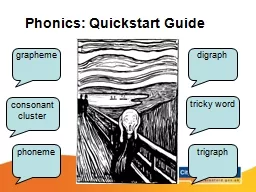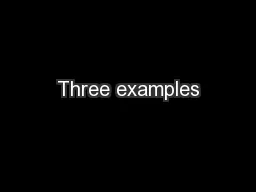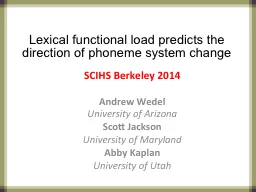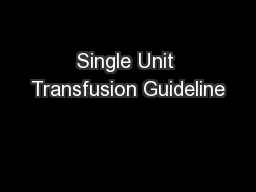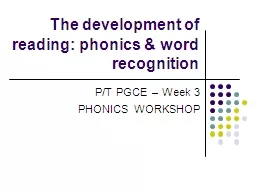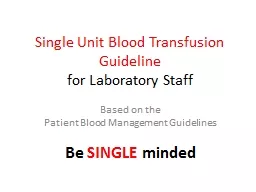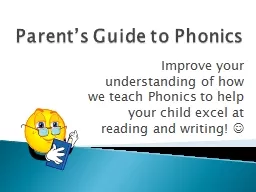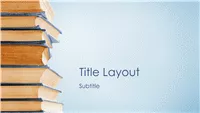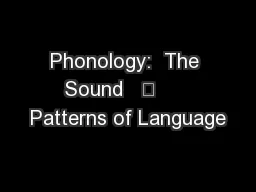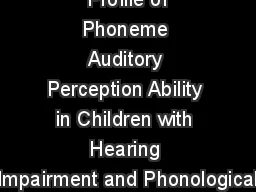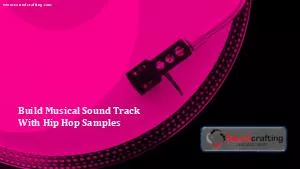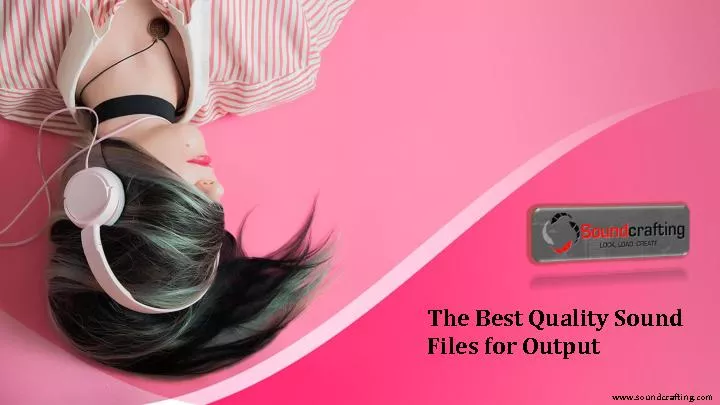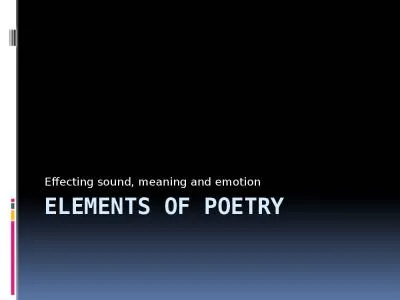PPT-PHONEME – A single unit of sound
Author : CherryPoppins | Published Date : 2022-07-28
CVC WORD A word made up of a consonant phoneme then a vowel phoneme then another consonant phoneme F ish Fish Cat cat Sh ee p sheep SOUND TALKING Breaking
Presentation Embed Code
Download Presentation
Download Presentation The PPT/PDF document "PHONEME – A single unit of sound" is the property of its rightful owner. Permission is granted to download and print the materials on this website for personal, non-commercial use only, and to display it on your personal computer provided you do not modify the materials and that you retain all copyright notices contained in the materials. By downloading content from our website, you accept the terms of this agreement.
PHONEME – A single unit of sound: Transcript
Download Rules Of Document
"PHONEME – A single unit of sound"The content belongs to its owner. You may download and print it for personal use, without modification, and keep all copyright notices. By downloading, you agree to these terms.
Related Documents

